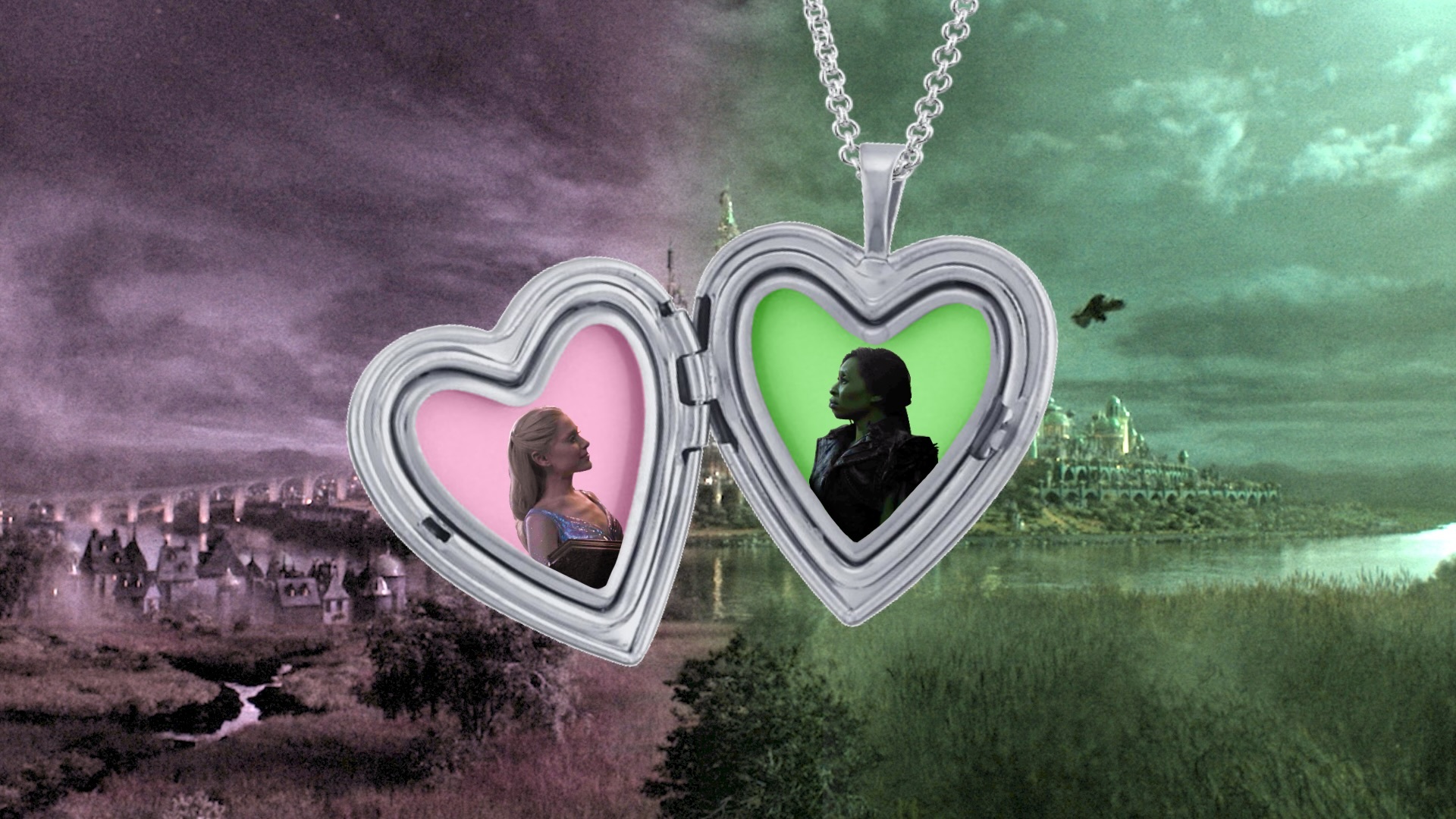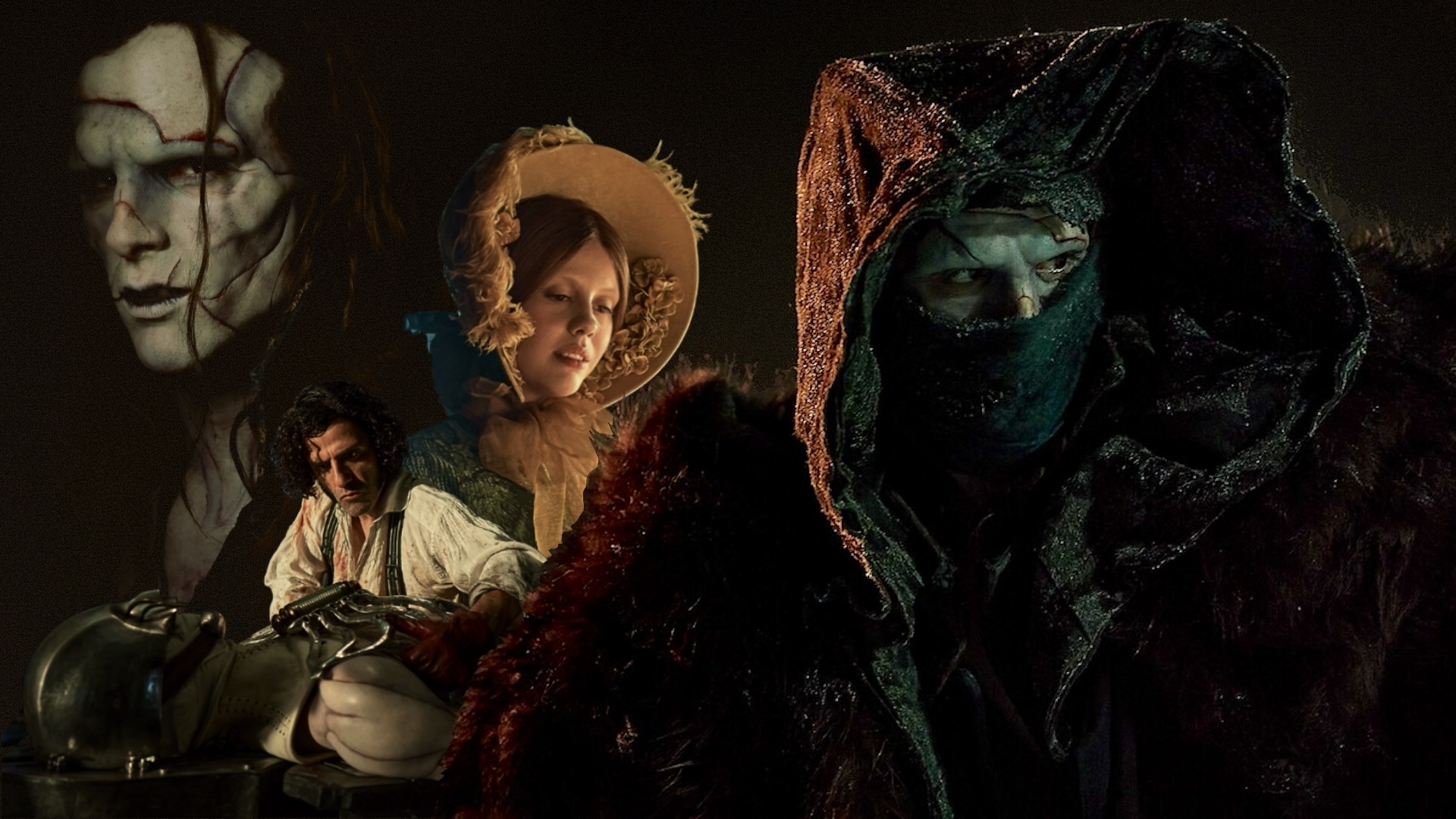Hulu’s Nine Perfect Stranger’s was released in 2021/22 as a drama-mystery-thriller miniseries and received a 7/10 IMDb user rating. Based on the book by Australian author Liane Moriarty (Nine Perfect Strangers; Big Little Lies), the series was produced by David E. Kelley. The cast included: Nicole Kidman, Bobby Cannavale, Regina Hall, Asher Keddie, Melissa McCarthy, Michael Shannon, Luke Evans, Tiffany Boone, Grace Van Patten, Samara Weaving, Manny Jacinto, and Melvin Gregg. In summary, nine people who have suffered various life traumas have been carefully selected to stay at a transformative healing resort-spa. Some think they are there for weight loss, addiction recovery, and grief counselling; while others think they have come for marriage reconnection, divorce resolution or to reflect on major life decisions – all are in for some seriously hard work.
Nicole Kidman (Big Little Lies, 2019) plays the Russian Tranquillum House founder and healing facilitator, Masha. Throughout the series, bits of Masha’s traumatic past experiences are revealed as well as the mystery of how they are connected to current threats to both her transformative business and life. Academy-Award winning actress and beauty icon, Australian-born Kidman also co-produced the series. Melissa McCarthy (Bridesmaids, 2011) plays famous romance novelist, Frances, who has recently been the victim of catfishing and has begun to seriously doubt her relationship instincts and even her work. An Academy-Award and Golden-Globe nominated actress, comedian and positive body image advocate, McCarthy has stated, “There's an epidemic in our country of girls and women feeling bad about themselves based on what 0.5% of the human race looks like.” Luke Evans, (The Alienist, 2018) plays aloof and abrupt undercover reporter, Lars, who tries to keep to himself and defy Tranquillum House rules, but soon becomes engaged in healing and even helping his peers. An openly gay Welsh actor and theatre performer, Evans is well-known for playing action roles with his muscular physique and baritone voice.
Some series highs included having stunning scenery and quality cast; as well as being binge-worthy and thought provoking. Filmed near Byron Bay, Australia at an actual Vedic philosophy retreat called Soma, the series scenery centres in and around Tranquillum House. The twenty-two-acre retreat’s yoga dome is architecturally stunning with its geodesic design, surrounded by majestic forest; while the ancient fig tree, a site of forest-bathing, is naturally breathtaking.
The unfolding mystery of Masha’s traumatic past experiences are revealed slowly through flashbacks. From her previous life as an ambitious executive and her brush with death to her time spent as a devoted mother and her unthinkable loss, the development of Masha’s history and how it relates to her present life will make you want to watch the entire series back-to-back. This is a trauma-informed production, which is evident in the character portrayals of PTSD, addiction, loss, grief, and suicide. The story development regarding the family who were suffering loss and grief due to the suicide of a loved one was especially profound.
Some series lows included questionable mathematics and healing as a privilege. Although Nine Perfect Strangers may have seemed like a cool title, only four of the nine guests are actually strangers as there is a family of three as well as two married couples – perhaps the nine in the title should have been omitted for those who can actually count. All the guests of Tranquillum House are rich; is there no healing for the poor? The real-life cost of a Soma retreat is a privilege that few can afford. Their four-day Yoga & Movement Retreat, for example, is currently $3200 USD per person or $800 per day. As with most retreat programs, they are either poorly publicly funded or exclusively for-profit.
Strange relationships, mental health stigmatization and weird aesthetics were true to Hollywood form only. The strange love-triangle between resort facilitators, Masha, Yao and Delilah, is never really explained or resolved and doesn’t seem to lend significantly to the series as a whole. Yao and Delilah are not a couple in Moriarty’s book version nor do either of them have sexual relations with Masha. It’s also unfortunate that Delilah’s Bipolar Disorder is negatively stigmatized in the series, by implying that she has violent tendencies and by implicating her as a suspect in the threats directed toward Masha. During Masha’s traumatic flashbacks, from her previous life as an executive and her brush with death, her hooded attacker is wearing a white contact lens in one eye only. Although this aesthetic was eerie and added to the mysteriousness of the attacker, its purpose remained unclear and was therefore left as an unnecessary oddity.
Despite my hypercritical caveats, I really enjoyed this series and would personally bump the IMDb User Rating to 8/10. As a social-psychology student as well as a trauma survivor, I appreciated the series’ (and especially the book’s) attempt to bring traumatic recovery into the mainstream media – even if there were a few Hollywood embellishments.


.png)


.jpg)


.jpeg)



.jpg)


.jpg)

.jpg)







.png)